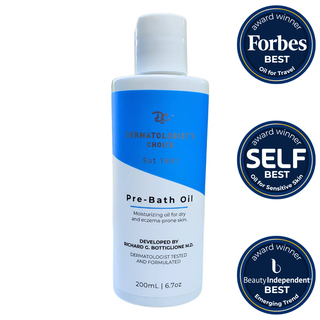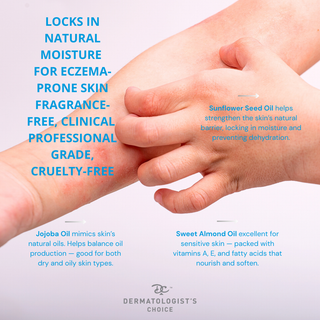The Perfect Combination: Mixing Tretinoin and Hydroquinone for Skin Enhancement. Is there a better ingredient?
When it comes to achieving healthy, youthful-looking skin, there are numerous options available. Two popular choices are tretinoin and hydroquinone, which are renowned for their remarkable skin benefits. But can you mix them together?
In this article, we'll delve into the compatibility of tretinoin and hydroquinone and explore the potential benefits for your skin. Additionally, we'll discuss an alternative to tretinoin—glycolic acid—and its benefits for anti-aging.

Mixing Tretinoin and Hydroquinone:
Tretinoin and hydroquinone are potent skincare ingredients that serve different purposes. Tretinoin, a derivative of vitamin A and a retinoid, is widely used to treat acne, wrinkles, and improve skin texture. On the other hand, hydroquinone is a skin-lightening agent that helps reduce hyperpigmentation, such as dark spots and melasma.
While tretinoin and hydroquinone can be used separately, combining them requires caution. Mixing these two powerful ingredients should be done under the guidance of a dermatologist or skincare professional. They may recommend a specific ratio to ensure effective results without causing excessive irritation or adverse reactions.
When combined correctly, tretinoin and hydroquinone can work synergistically to address multiple skin concerns. Hydroquinone can help lighten hyperpigmentation, while tretinoin aids in promoting cellular turnover and reducing acne breakouts and smooth fine lines. However, it is crucial to note that using these ingredients together may increase the potential for skin sensitivity. Therefore, starting with a lower concentration and gradually increasing it over time is advisable.

Switching Tretinoin for Glycolic Acid:
If you are hesitant about using tretinoin or prefer a milder alternative, glycolic acid can be an excellent choice. As an alpha hydroxy acid (AHA), glycolic acid exfoliates the skin, promotes cell turnover, and helps fade signs of aging. Here are some benefits of using glycolic acid for anti-aging:
-
Exfoliation and Smoother Texture: Glycolic acid effectively removes dead skin cells, revealing a brighter, smoother complexion. By exfoliating the skin's surface, it can reduce the appearance of fine lines, wrinkles, and uneven skin tone.
-
Collagen Stimulation: Glycolic acid promotes the production of collagen, a vital protein responsible for skin elasticity and firmness. Increased collagen levels can help reduce the appearance of wrinkles and improve skin suppleness.
-
Hyperpigmentation Reduction: Just like hydroquinone, glycolic acid can help fade hyperpigmentation caused by sun damage, melasma, or post-inflammatory hyperpigmentation. It works by breaking down the excess melanin that contributes to dark spots and uneven skin tone.
-
Enhanced Product Absorption: By removing the outer layer of dead skin cells, glycolic acid helps improve the penetration of other skincare products. This allows serums, moisturizers, and treatments to work more effectively, maximizing their anti-aging benefits.
When it comes to mixing tretinoin and hydroquinone, it's important to seek professional advice to ensure the right balance and minimize the risk of irritation. These powerful ingredients, when used together properly, can help address various skin concerns, such as acne, hyperpigmentation, and signs of aging.
Alternatively, glycolic acid serves as an effective substitute for tretinoin, providing similar anti-aging benefits with a gentler approach. Whether you choose to mix tretinoin and hydroquinone or opt for glycolic acid, incorporating these ingredients into your skincare routine can contribute to healthier, more youthful-looking skin. Start incorporating glycolic acid into your skincare routine with Dermatologist's Choice.
To start substituting glycolic for tretinoin, Dr. Bottiglione recommends the glycolic treatment cream, the Ultra Anti-Aging Cream with about 15% non-neutralized glycolic acid. This product is part of the Age Management: Intermediate Kit which will give you a complete skincare routine.
Remember, it's a good idea to consult with a dermatologist or skincare professional for prescription items to determine the best approach for your unique skin needs. However, starting with glycolic acid requires no prescription.















